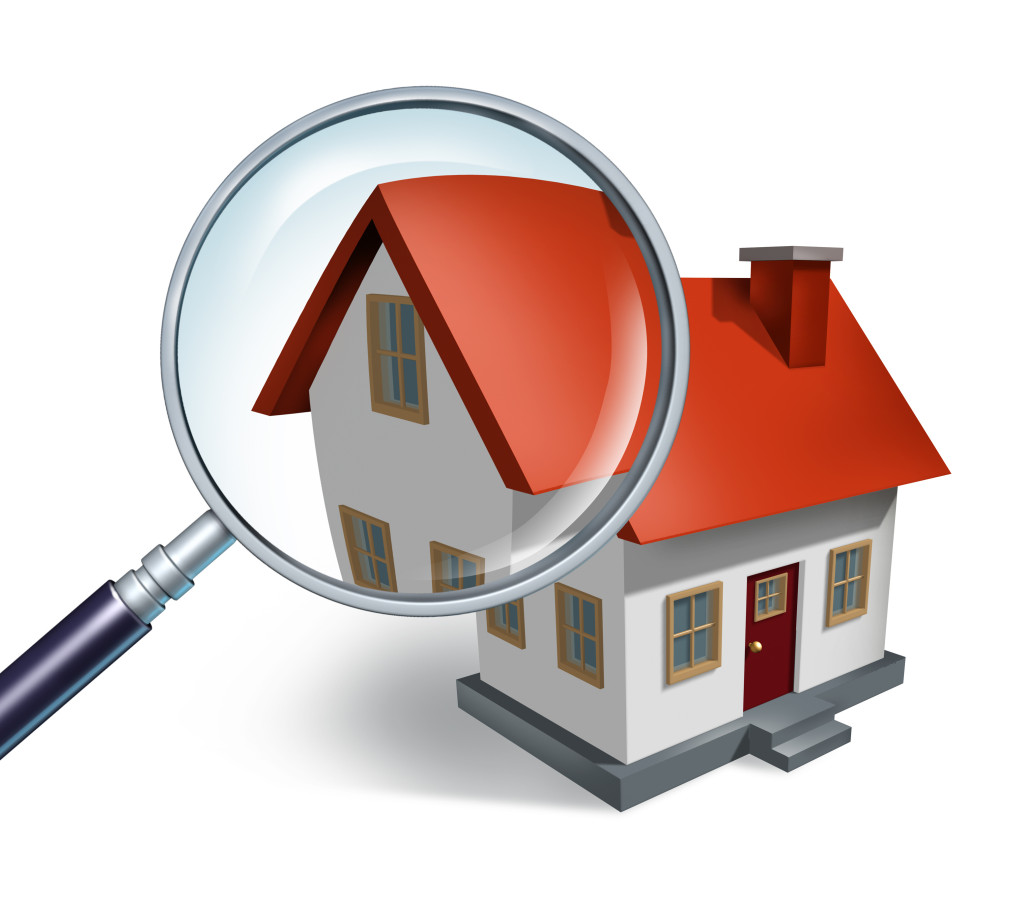
INSPECTIONS & APPRAISAL
Inspections
If you recall when you purchased your home, you likely performed a home inspection. It is encouraged for all buyers to have a professional inspector perform a home inspection. The inspection contingency is where a buyer has the right to back out of the Purchase Agreement should some defect be found as a result of the inspection that indicates a serious problem.
Listed below are some important tips to consider:
- Thorough inspections typically take 3-4 hours to complete, so you will need to plan on being away for your home for this period of time.
- What does the typical home inspection include? They cover the home’s structure, foundation, plumbing, heating, air-conditioning, and electrical systems. Hazards or concerns about electrical wiring, types of plumbing pipes (lead, galvanized steel, copper, pvc), functional life of the mechanicals, insect infestation, moisture issues, water drainage issues, and even roof condition. If your home has a septic system or a well, the buyer may ask you to provide a water quality test report and also to have the septic tank(s) pumped before the septic system is inspected.
- The main intent of a home inspection is to identify any major issues or problems. Every home, including new construction, will have minor issues, so set your expectations accordingly. The buyer should focus their priority on safety or hazardous findings, so if a buyer is asking for nit-picky items, you have every right to politely decline those requests.
- If there are any safety-related issues (i.e. electrical, gas, etc), then these must be addressed prior to closing…or maybe even prior to the appraisal depending on the severity of the issue(s) and what type of financing the buyer is using.
In summary, the buyer usually has about a week to perform their home inspection and to circle back with you with the results and their remedy requests. Any inspection-related negotiations are typically time-sensitive, so it’s best to work with your Realtor in advance to anticipate what your responses will be to various buyer remedy requests.
Appraisals
The appraisal is ordered by the buyer’s loan officer after the home inspection step is completed, and the appraisal is always paid for by the buyer. In Minnesota, if your home value is upwards of $600K, there may be a two-step appraisal performed (i.e. possibly two different visits), as some banks flag larger loans to have these two-step appraisals to ensure the property has sufficient value to support the contract sales price and the future mortgage amount.
Appraisals for conventional financing loans are pretty straight forward, and they generally do not have many (if any) items flagged that require repair (unless there is appreciable mold in the house, or if there are serious hazardous or safety items such as a circuit panel without a cover).
Appraisals for FHA-insured and Veteran financing, however, tend to be very detailed on flagging safety or hazardous items to be repaired prior to closing. Here is a short list of common items that are flagged for repair:
- Peeling paint
- Cracked window glass
- Any visible roof leaks
- Missing handrails on 4 or more steps
- Plumbing system must be fully functional.
- Electrical system must be fully functional.
- No exposed wires protruding from the wall or ceiling.
- All bedrooms windows must be openable, closable, and lockable.
